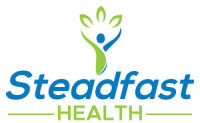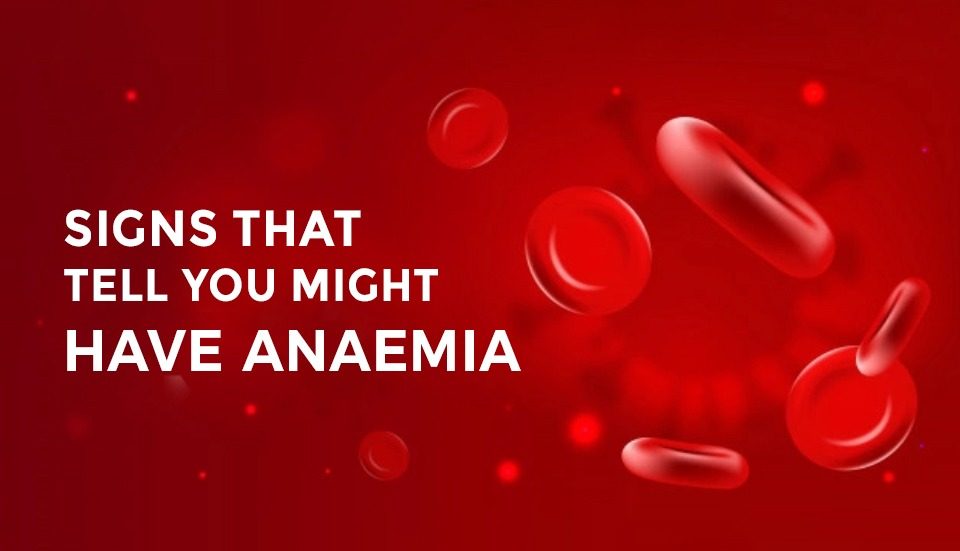What is Anaemia?
Anaemia is a low number of red blood cells in the blood. When you take a routine blood test, it indicates a low haemoglobin count. Also, if the body doesn’t have enough haemoglobin, a protein in red blood cells, the tissues and muscles will not get enough oxygen to work efficiently. There are different types of anaemia, but iron deficiency is the most common worldwide.
Common types of anaemia:
There are 400 types of anaemia divided into three groups:
- Anaemia caused by blood loss
- Anaemia caused by decreased/faulty red blood cells
- The destruction of red blood cells caused anaemia
Tell-tale signs of iron deficiency anaemia:
As we know, iron is a crucial component of haemoglobin. In women, the common cause of anaemia is iron deficiency. A few of the other causes of anaemia include severe injury, poor diet, extreme blood loss, heavy menstrual periods, etc. Sometimes, people experience no symptoms at all. However, here are a few signs and symptoms that talk about you being anaemic.
Experience fatigue and weakness
If you feel tired every time, it could indicate that you have a low iron level in your body. When the cells do not get enough oxygen, it tends to deprive them of energy. In other words, the heart has to work harder to ensure oxygen-rich blood moves around your body, which also makes you tired. Other signs you must watch out for are low energy, weakness, failing to focus and concentrate.
Strange cravings for non-food items
Some anaemic people develop a syndrome known as pica. These strange cravings occur where you wish to eat ice, clay, dirt, chalk, or paper. The pica syndrome goes away when the patients take up iron supplements. Furthermore, pica could also occur during pregnancy.
Dizziness or frequent headaches
In women, iron deficiency could lead to headaches. The cause of headaches is low levels of haemoglobin in the red blood cells. When the brain does not receive enough oxygen, the blood vessels in the brain may swell, causing pressure and headaches.
Dryness in the skin and damaged hair
Dry and damaged skin & hair could be a sign of iron deficiency. The deprivation of oxygen in the skin and hair can cause it to become weak and dry. As some research suggests, iron deficiency is related to hair loss.
Unpleasant restlessness in the legs
Restless leg syndrome has a connection with iron deficiency. It is that people who have iron deficiency anaemia have a greater chance of experiencing RLS. The RLS or restless leg syndrome usually becomes worse at night.
Sore tongue and mouth
The tongue becomes swollen, pale and strangely smooth. You can also see some other symptoms of iron deficiency around your mouth. A few of the symptoms are dry mouth, mouth ulcers, burning sensation in the mouth, and sore red cracks at the corners of the mouth.
Irregular or fast heartbeats
Heart palpitations or a feeling that your heart is beating abnormally fast could be a sign of iron deficiency anaemia. It is because the heart has to work harder than usual to transport oxygen. For extreme cases, it can worsen to cause an enlarged heart, heart failure and heart murmur.
Here are few other symptoms to be aware of iron-deficiency anaemia:
- Spoon shaped fingernails, the first sign being brittle nails.
- Cold hands and feet due to oxygen deprivation.
- Prone to frequent infections due to the low immune system.
Let’s check some ways to improve iron-deficiency anaemia:
- Eat iron-rich foods like peas, seafood, dark green leafy vegetables.
- Eat foods rich in vitamin C like fruits and vegetables.
- Take iron supplements recommended by your doctor.
- Use iron cookware as it transfers some iron in the food.
- Eat red meat, poultry, and seafood.
Make sure you never miss these iron deficiency anaemia signs and symptoms. Consult your doctor to improve anaemia.
The views and opinions expressed, and assumptions & analysis presented in this content piece are those of the author(s) and do not necessarily reflect the official policy or position of any other agency, organization, employer or company. The information, including but not limited to, text, graphics, images and other material contained on this website are for informational purposes only. The purpose of this website is to promote broad consumer understanding and knowledge of various health topics. It is not intended to be a substitute for professional medical advice, diagnosis or treatment. Always seek the advice of your physician or other qualified health care provider with any questions you may have regarding a medical condition or treatment and before undertaking a new health care regimen, and never disregard professional medical advice or delay in seeking it because of something you have read on this website.




